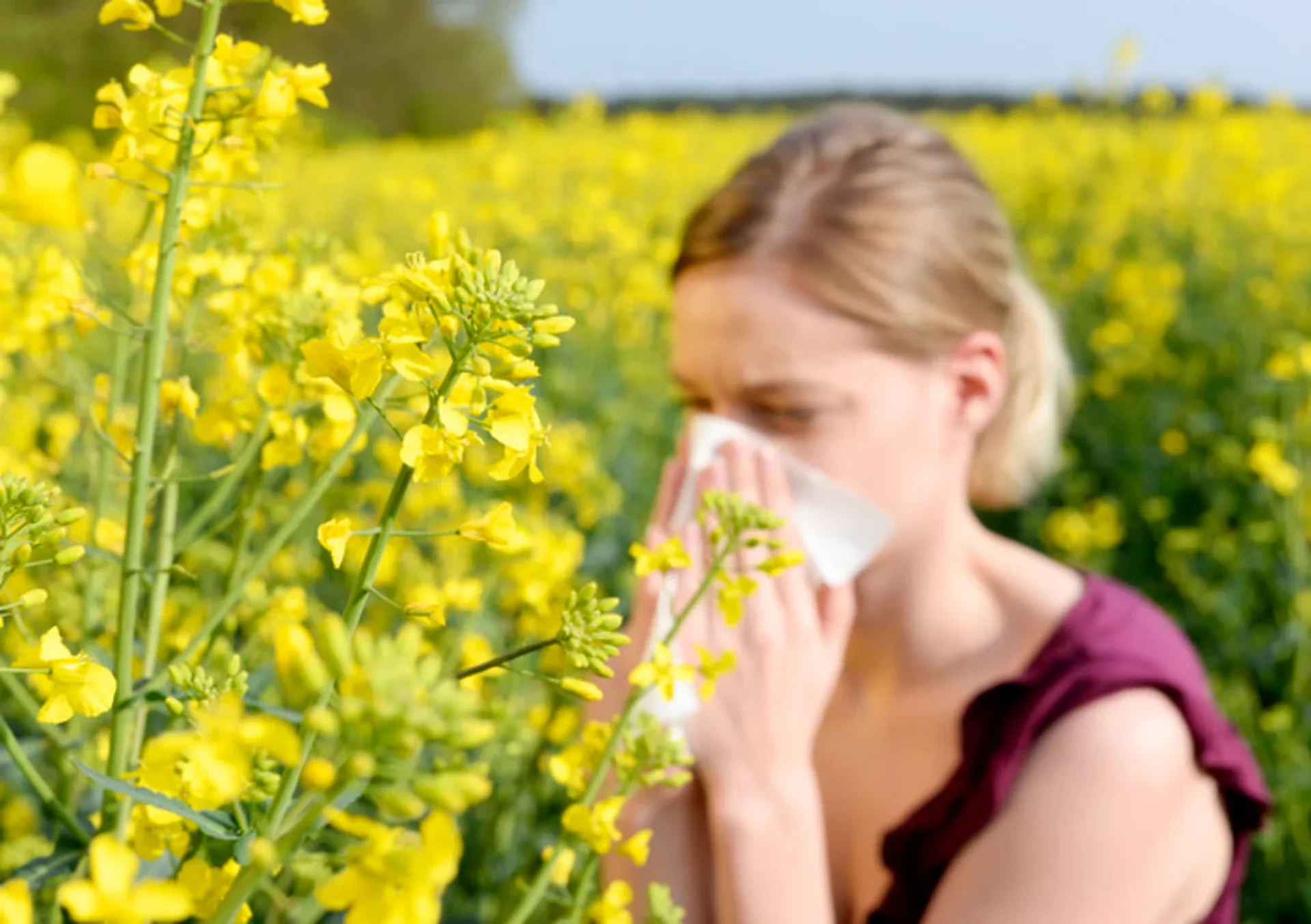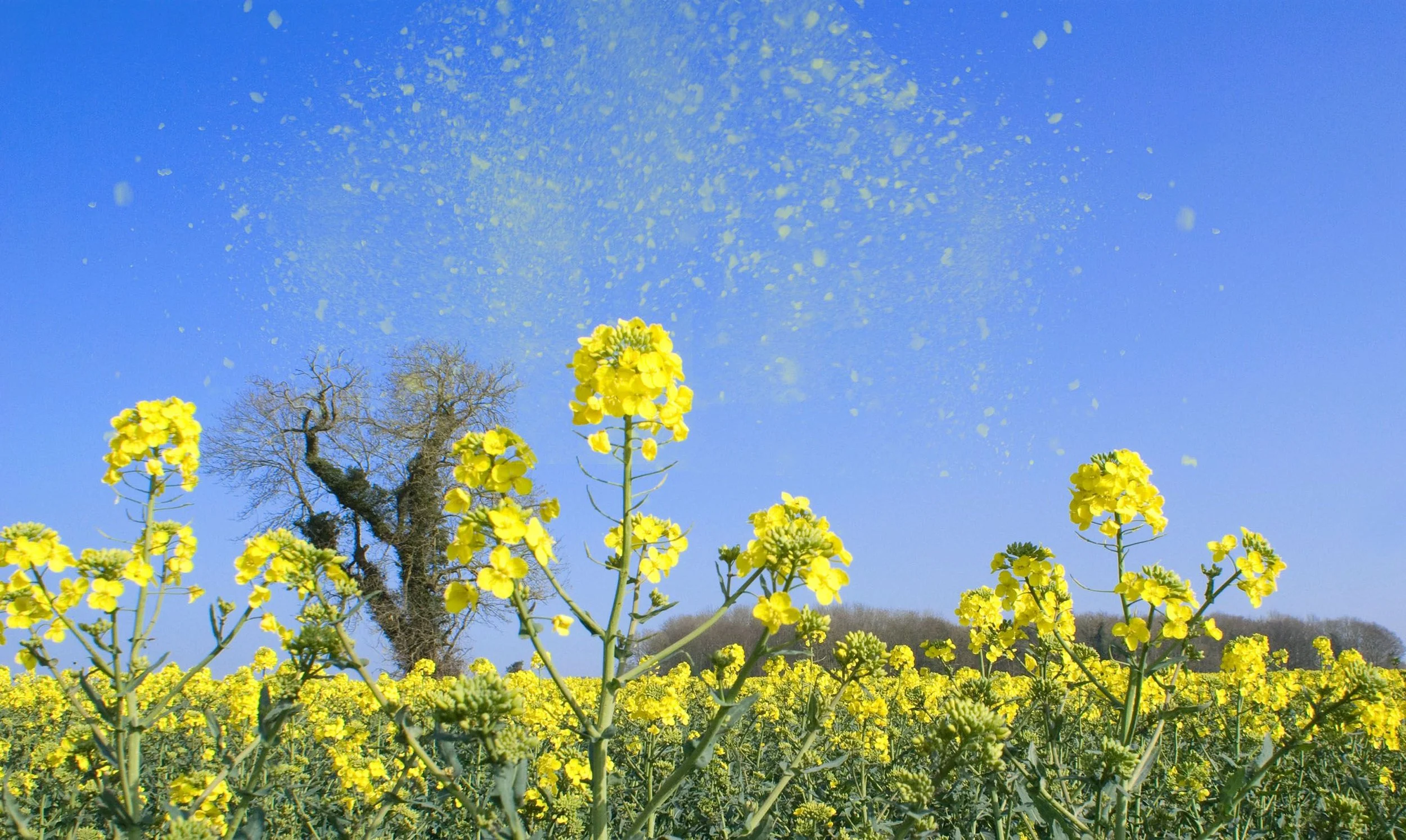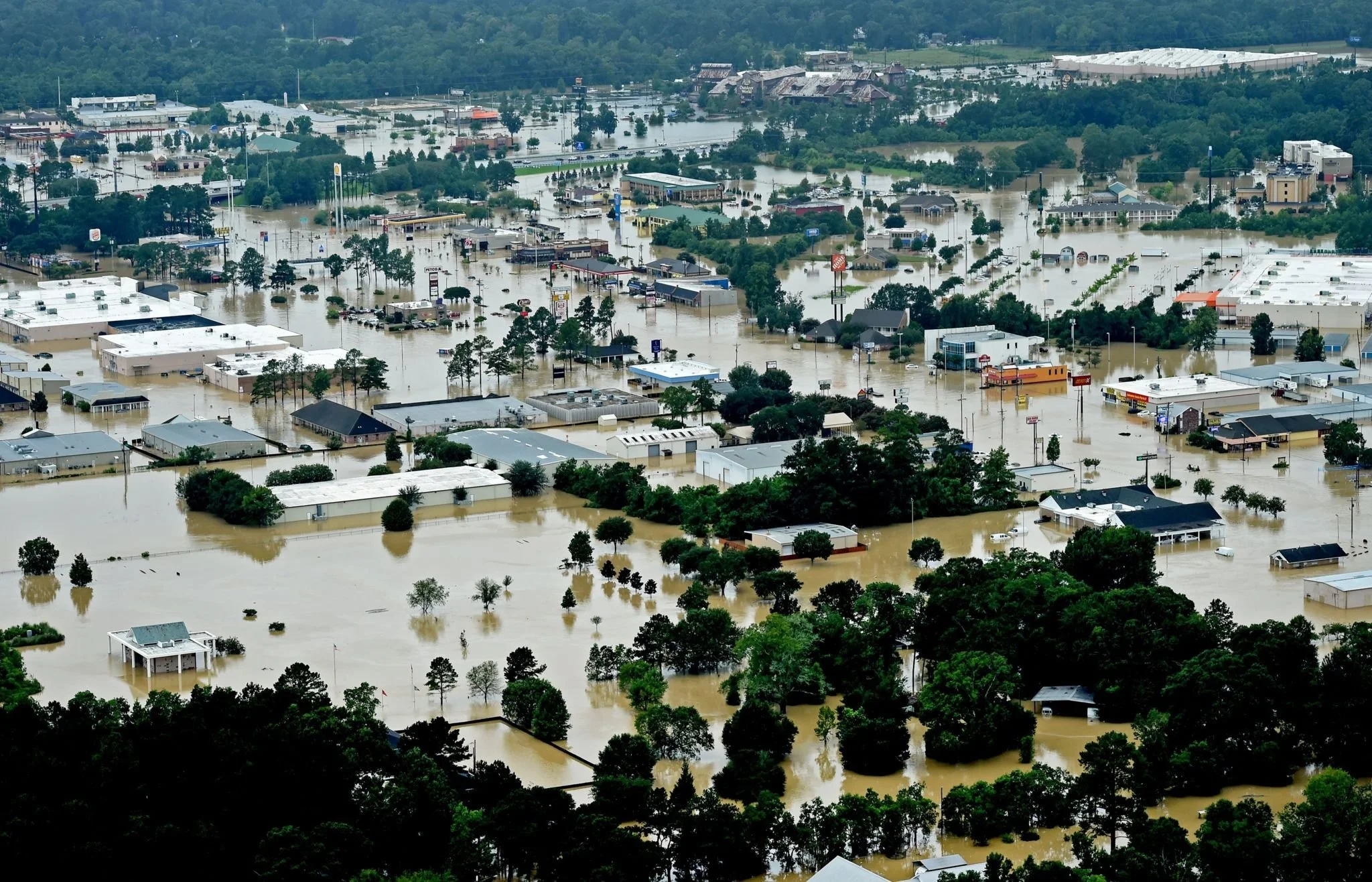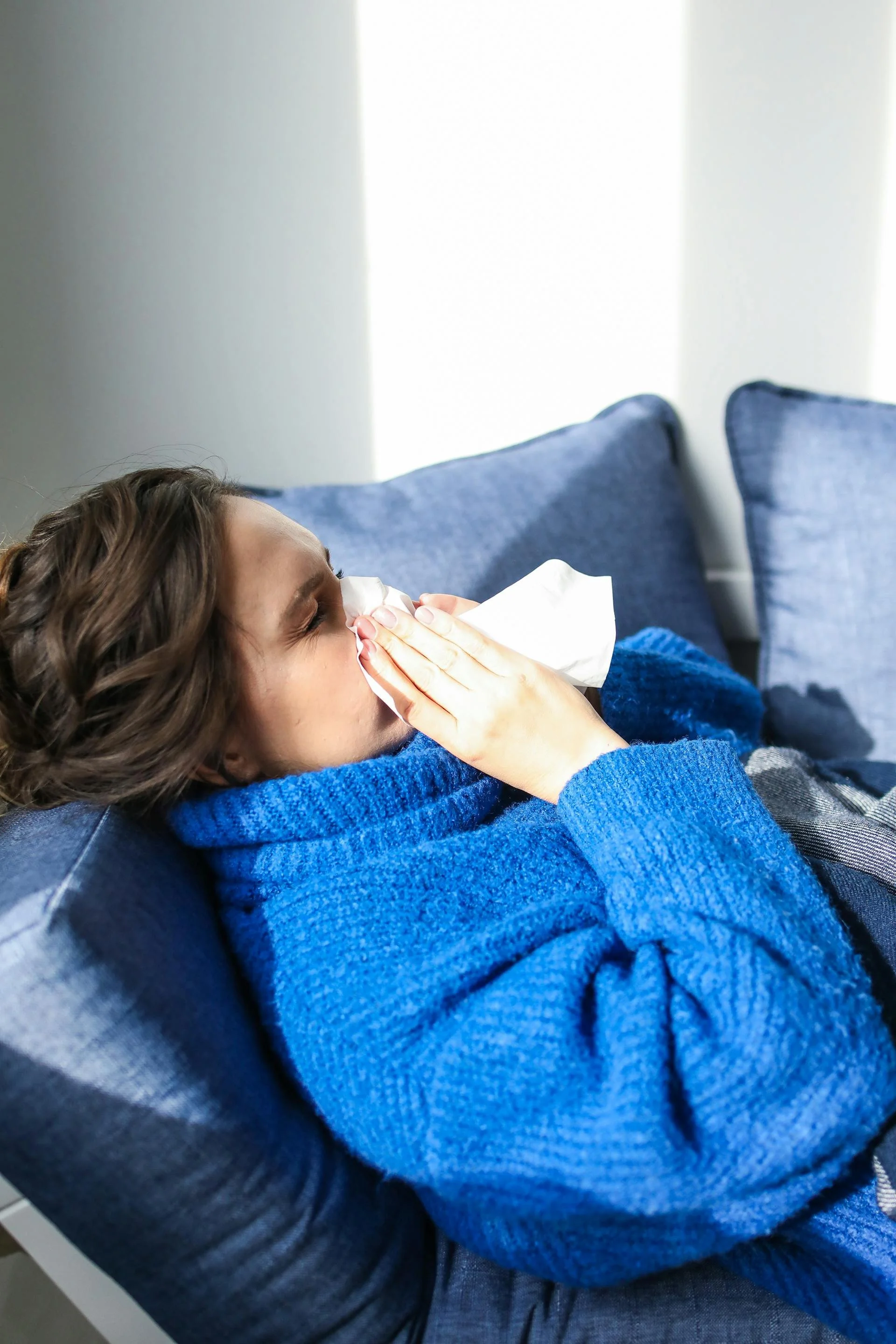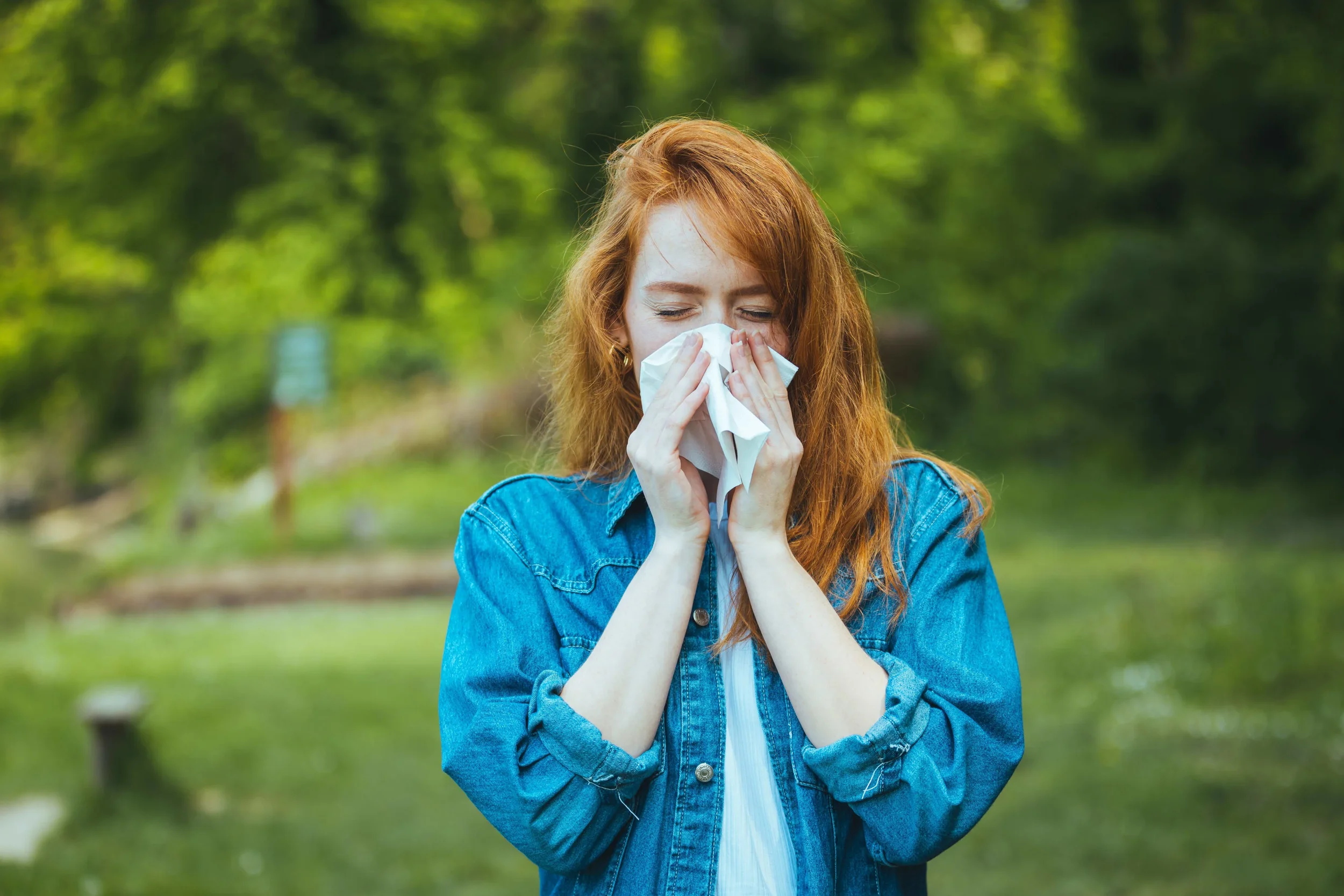How Climate Change Has Worsened Allergy Season
Written by: Gianna Hector
Edited by: Ailin Bogers
Many people have observed that allergy season seems longer and more intense in recent years. The number of individuals experiencing itchy eyes, coughing, and sneezing is increasing year after year. According to researchers, this issue is largely influenced by climate change. In a variety of ways, climate change is impacting our weather, seasons, and environment. The outcome of it has been a season that intensifies allergy symptoms. In this blog we will delve into the effects of climate change on allergies, how it is changing us, and its impact on our health.
What Are Seasonal Allergies?
Seasonal allergies, sometimes referred to as hay fever or allergic rhinitis, occur when the immune system overreacts to environmental triggers such as pollen. Trees, grasses, and weeds produce pollen, which is a fine powder. It aids in plant reproduction. In certain individuals, inhaling pollen might result in sneezing, a runny nose, itchy eyes, and other symptoms. The release of more pollen by some plants at particular periods of the year, mainly in the spring and autumn, makes these allergies often worse.
How Climate Change Affects Plants and Pollen
Greenhouse gases are emitted into the atmosphere as a result of the burning of fossil fuels such coal, oil, and gas. Over time, these gases cause the planet to warm up because they trap heat in the atmosphere. As a result of this warming, there are several changes in the environment, including higher sea levels, more powerful storms, and longer summers. Additionally, it alters the manner in which plants develop, which is a crucial factor in the discussion of allergies.
Climate change has a direct impact on allergies by increasing pollen production in plants. Increasing carbon dioxide in the atmosphere and higher temperatures encourage faster and larger plant development. In other words, they produce more pollen as well. As an illustration, ragweed, a prevalent allergy-causing weed, releases considerably more pollen in environments with higher carbon dioxide levels. In warmer climates, trees like maple, birch, and oak also produce more pollen.
The lengthening growing season is one consequence of climate change. Several plants used to only produce pollen for a few weeks in the spring or fall. However, because autumn ends later and spring begins earlier, these plants may now produce and disseminate pollen for longer periods. This indicates that allergy season begins earlier and lasts longer than in the past.
According to a study by Anderegg et al. (2021), pollen seasons in North America currently begin around 20 days earlier and last 10 days longer than they did in the 1990s. Additionally, the same research revealed that during the same period, pollen concentrations increased by approximately 21%. These modifications are making it more difficult for those who have allergies to get treatment.
More Extreme Weather and Allergy Triggers
Climate change also causes more severe weather events, such as floods, droughts, and heavy rains. These may have additional effects on the air we inhale. For instance, mold spores, which are another frequent cause of allergies, thrive in humid conditions. Following floods or severe rains, mold can proliferate inside homes and other structures, exacerbating allergies.
In contrast, dry conditions and droughts may increase the amount of dust in the atmosphere. Dust of this kind may contain pollen or other minute particles that irritate the nose and lungs. Because pollen can be carried farther by the wind, people may be exposed to allergens even if they are not close to the plants that produce them.
People with allergies are also impacted by wildfires, which are becoming more prevalent as a result of hot, dry conditions. The minute particles in wildfire smoke can irritate the lungs, particularly for those who suffer from asthma or respiratory allergies. The chemicals released by these fires also combine with pollen, increasing the likelihood that the pollen will trigger severe allergic responses.
Who Is Most Affected?
Anyone can experience allergies, although certain groups are more vulnerable. People who are more prone to severe allergic reactions include children, the elderly, and those who have asthma or other respiratory ailments are amongst the most affected. Additionally, individuals residing in urban areas may experience greater effects. Pollen may be more harmful in cities because there is usually more pollution. The natural filters in our nose and lungs may also be harmed by pollution, which increases the likelihood that allergies may enter the body.
Minority and low-income communities frequently reside in locations with higher pollution levels and have limited access to healthcare. They might also reside in houses that are more prone to dust or mold. The health impacts of longer and more severe allergy seasons may be even greater for these communities.
Health and Economic Impacts
Longer allergy seasons are not just unpleasant; they are also expensive. Individuals with allergies may require more medication, medical appointments, and perhaps even hospitalization. They run the risk of skipping school or employment, which can result in decreased income and productivity. The economic impact of allergies in the United States alone is in the billions of dollars annually.
Additionally, one should take into account the psychological consequences. Coping with chronic allergies can lead to tension, worry, and insomnia. For children, it might have an impact on academic achievement, and for adults, it may reduce the quality of life.
What Can Be Done?
We must combat climate change in order to address the underlying factor contributing to increasingly severe allergy seasons. Using more environmentally friendly energy sources, such as wind and solar power, is one way to accomplish this. Switching to more energy-efficient vehicles, buildings, and equipment is another aspect of it.
Cities and towns may also implement measures to aid allergy patients, such as planting trees and plants with lower pollen production. They have the ability to maintain the cleanliness of parks and public areas as well as lower air pollution.
Health systems can give more accurate data and timely warnings about days when pollen counts are high. People may take measures to lessen their exposure to pollen and other allergens on an individual basis. This can be accomplished by using air filters, closing windows during peak pollen season, and using allergy medication. Additionally, it's crucial to visit a doctor for an accurate diagnosis and course of therapy.
Conclusion
There are several ways that climate change is intensifying allergy season. Increased carbon dioxide, higher temperatures, and extended growing seasons all contribute to increased pollen production by plants. The air is made dirtier and more irritating by severe weather occurrences such as floods, droughts, and wildfires. People with asthma, children, and those who live in impoverished or highly polluted neighborhoods are particularly vulnerable to these modifications.
Longer allergy seasons have significant and increasing health, economic, and societal costs. Real change will only occur when we take decisive action against climate change, even if people can take precautions to protect themselves. We may lower greenhouse gas emissions and safeguard public health by collaborating as governments, communities, and individuals. This will not only benefit the environment, but it will also make it easier for people to breathe during allergy season.
References
American Lung Association, 2023. Allergy and Asthma Health Effects of Climate Change. [online] Available at: https://www.lung.org/clean-air/climate-change/climate-change-air-quality
Anderegg, W.R.L., Abatzoglou, J., Anderegg, L.D.L., Bielory, L., Kinney, P.L. and Ziska, L., 2021. Anthropogenic climate change is worsening North American pollen seasons. Proceedings of the National Academy of Sciences, 118(7). Available at: https://doi.org/10.1073/pnas.2013284118 .
CDC (Centers for Disease Control and Prevention), 2022. Mold After a Disaster. [online] Available at: https://www.cdc.gov/disasters/mold/index.html
Harvard T.H. Chan School of Public Health, 2022. How climate change affects allergies. [online] Available at: https://www.hsph.harvard.edu/c-change/subtopics/climate-change-allergies/
NASA, 2023. Climate Change: How Do We Know? [online] Available at: https://climate.nasa.gov/evidence/
Ziska, L.H., Epstein, P.R. and Schlesinger, W.H., 2011. Rising CO2, Climate Change, and Public Health: Exploring the Links to Plant Biology. Environmental Health Perspectives, 117(2), pp.155–158.
